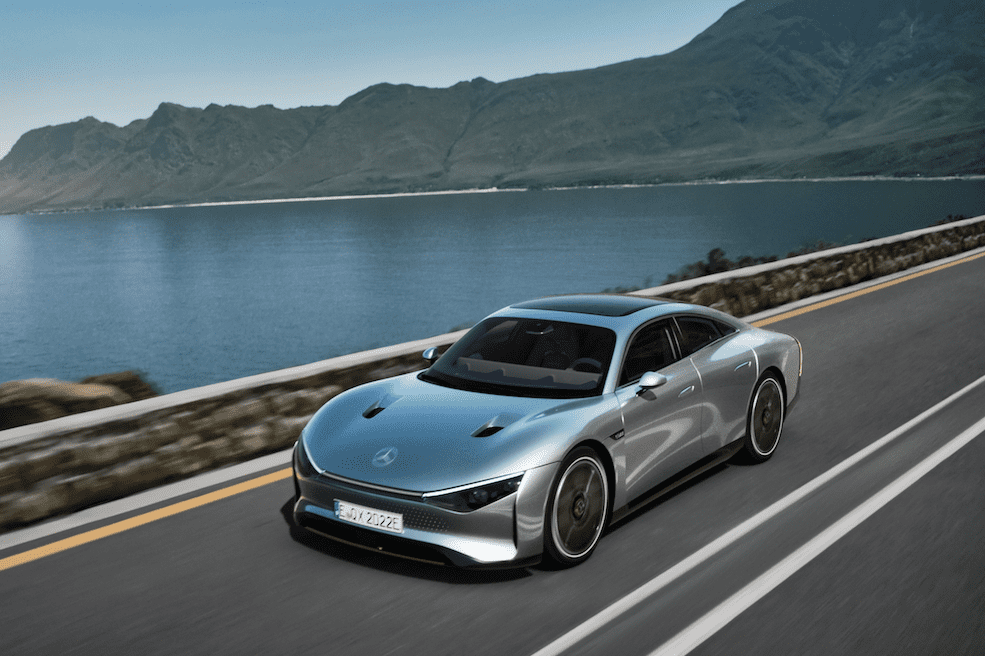As all the major automotive brands, from GM to Mercedes to Volkswagen, have pledged to ramp up electric vehicle (EV) production in the coming years, one criticism frequently leveled against these vehicles is: what to do with all the vehicle batteries once these EVs are eventually scrapped?
It is indeed a fair question and currently a largely unresolved consequence of the push towards electrification.
But the end-of-battery-life question has most likely been left somewhat unanswered to date because a transition to EVs addresses the more pressing and urgent need to reduce or eliminate CO2 emissions from transportation.
This has become priority number one. And as electricity generation becomes increasingly renewable, EVs will increasingly contribute towards planetary decarbonization.
Ultimately though, depleted vehicle batteries must be properly dealt with in order to avoid an environmental hazard of their own. And fortunately, this problem is being addressed.
One of the problems with EV batteries is also the seed of the opportunity, which is this: Repeated charging cycles of an EV battery, as well as the chronological age of their lithium-ion cells, means over time, vehicle battery packs gradually store less energy.
A general rule of thumb is that once an EV battery reaches around 80 percent of its original capacity, it ceases to be useful to propel a vehicle. To put that into context, automakers generally issue warranties for their batteries to last up to a minimum of 8 years or 100,000 miles. At some point beyond this threshold, EV owners will either face having to replace their vehicle’s battery or suffer increasingly poor range. And of course, ultimately, like any other vehicle, EVs will still be destined for the scrapyard one day.
The good news though, is that once an EV battery is no longer useful to power a vehicle, it is still perfectly viable as an energy storage system. This is the seed of the opportunity.
By repurposing EV batteries, second-life usage of them as energy storage solutions for renewables like solar, will become increasingly important.
Last week, Mercedes-Benz Energy, a subsidiary of the German automaker and Moment Energy, a British Columbia-based startup, announced a partnership with a goal to repurpose Mercedes EV batteries for second-life energy storage.
Moment Energy specializes in repurposing retired EV batteries into stationary energy storage systems (ESS) and will integrate Mercedes Benz’s second-life batteries into its 60 kilowatt-hour storage solution. These 60 kWh storage units are modular and can be combined together to meet the needs of a given energy storage project.
Moment Energy has provided solutions to allow clients to go completely off-grid with solar power generation and energy storage in places where there is no connectivity to the power grid.
The company is also able to supply storage systems to utilities to enhance the reliability and stability of renewable energy production when intermittency of power generation occurs.
And interestingly, if not a little ironic, Moment Energy also provides battery packs for EV charging!
Repurposing EV battery packs for energy storage isn’t a new concept. The automaker Nissan has for a long time utilized its own electric vehicle batteries for second-life duty. In a partnership with Eaton, Nissan XStorage solutions has developed applications for home and business energy storage.
Going forward, energy storage solutions such as these should be poised to become a growth market as the supply of second-life batteries is only going to increase; more EVs means more EV battery retirements in search of end-of-life opportunities.
Such reuse is also an important part of any conservation cycle. In the hierarchy, reuse is always more efficient than recycling. And with these spent EV batteries still able to hold 80 percent of their original capacity, they constitute, on aggregate, an enormous storage resource.
Of course, the recycle phase will eventually become important, too, when second-life batteries fully serve out the rest of their useful lives. But here too, the good news is battery recycling is becoming increasingly viable as well.
With so many EVs coming into global vehicle markets, it will be critically important that both second-life use and recycling, in combination, form a closed loop in the EV battery lifecycle in the coming decades. This will, in turn, mitigate the criticism that EVs are, themselves, unsustainable.

